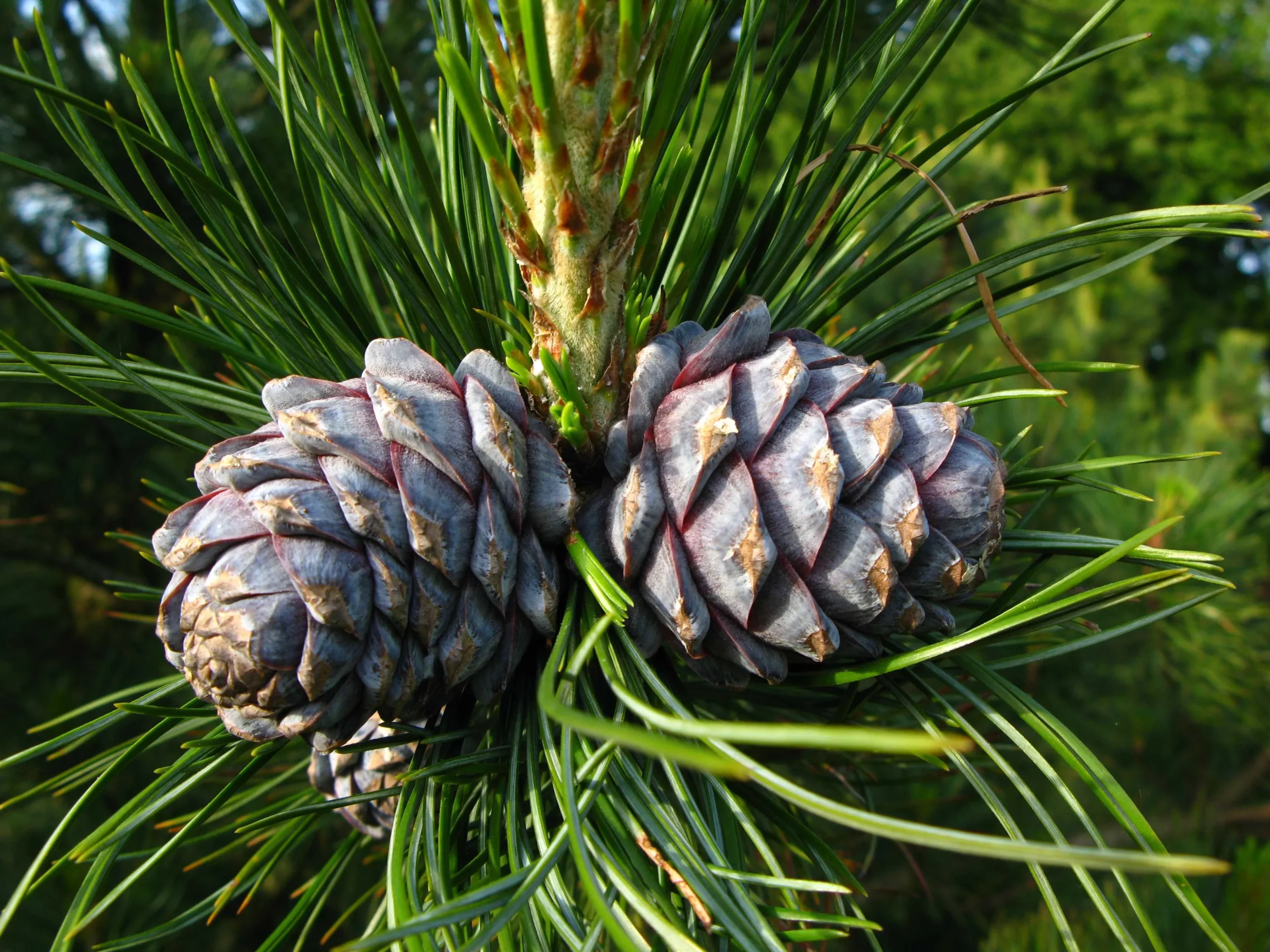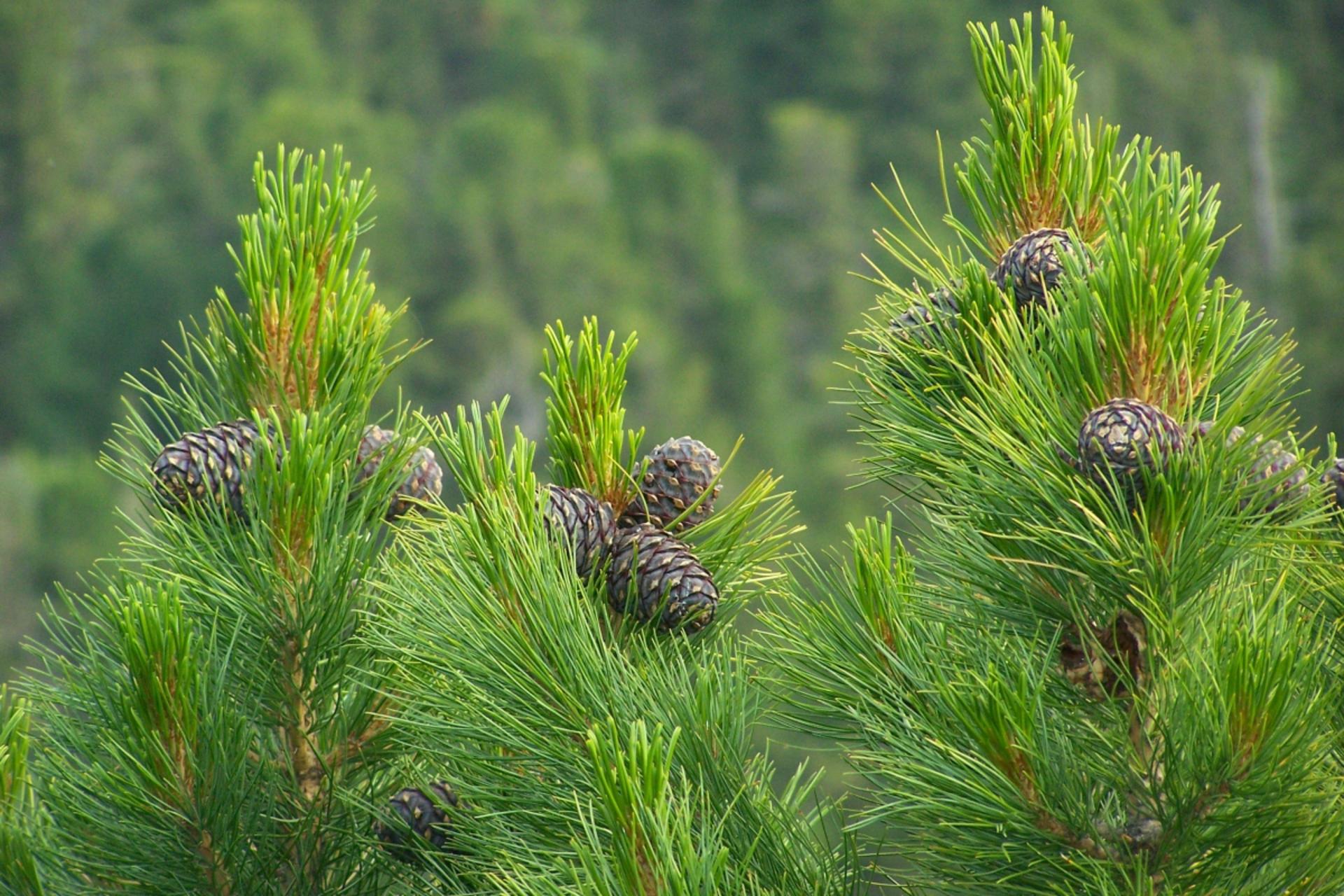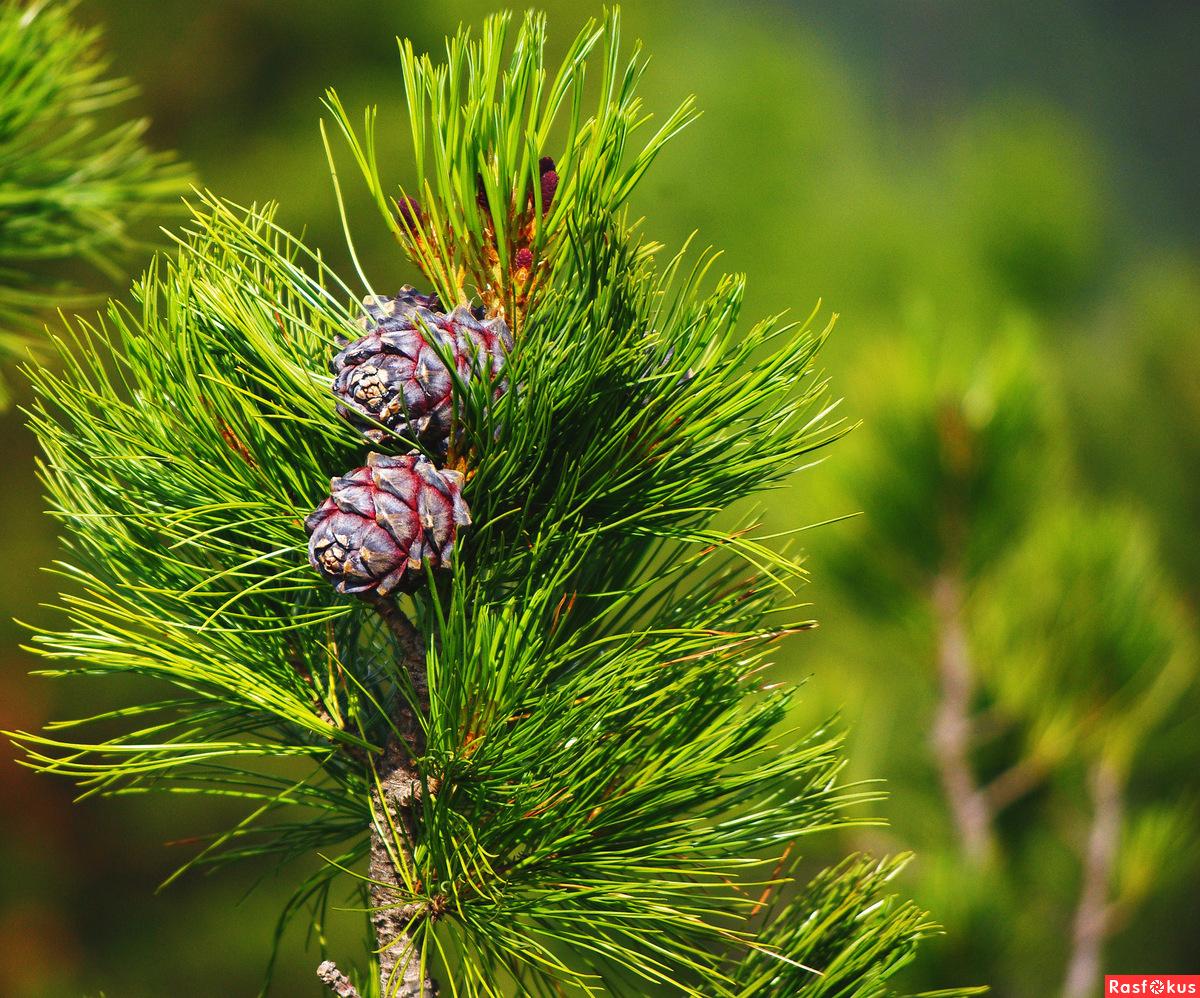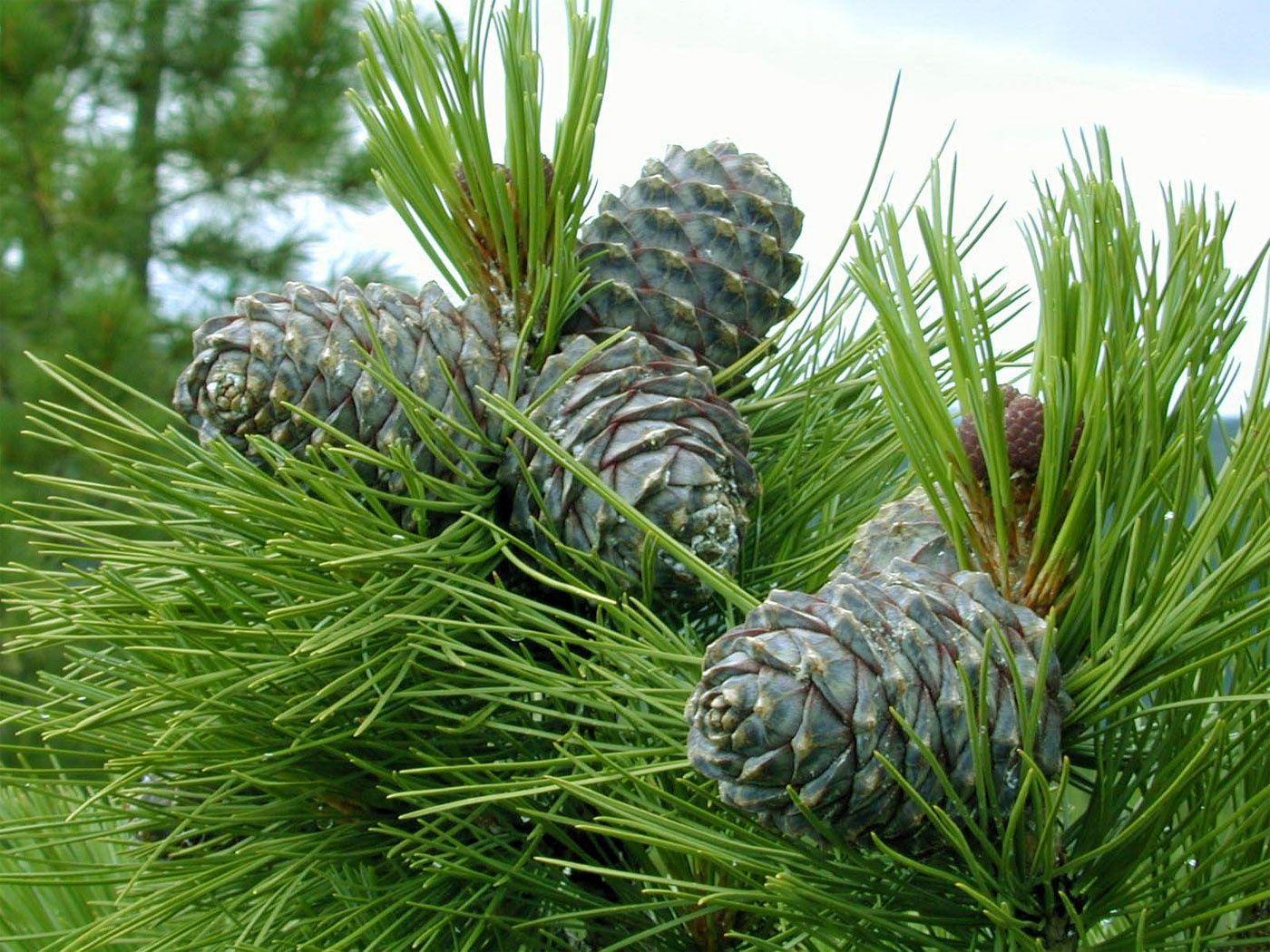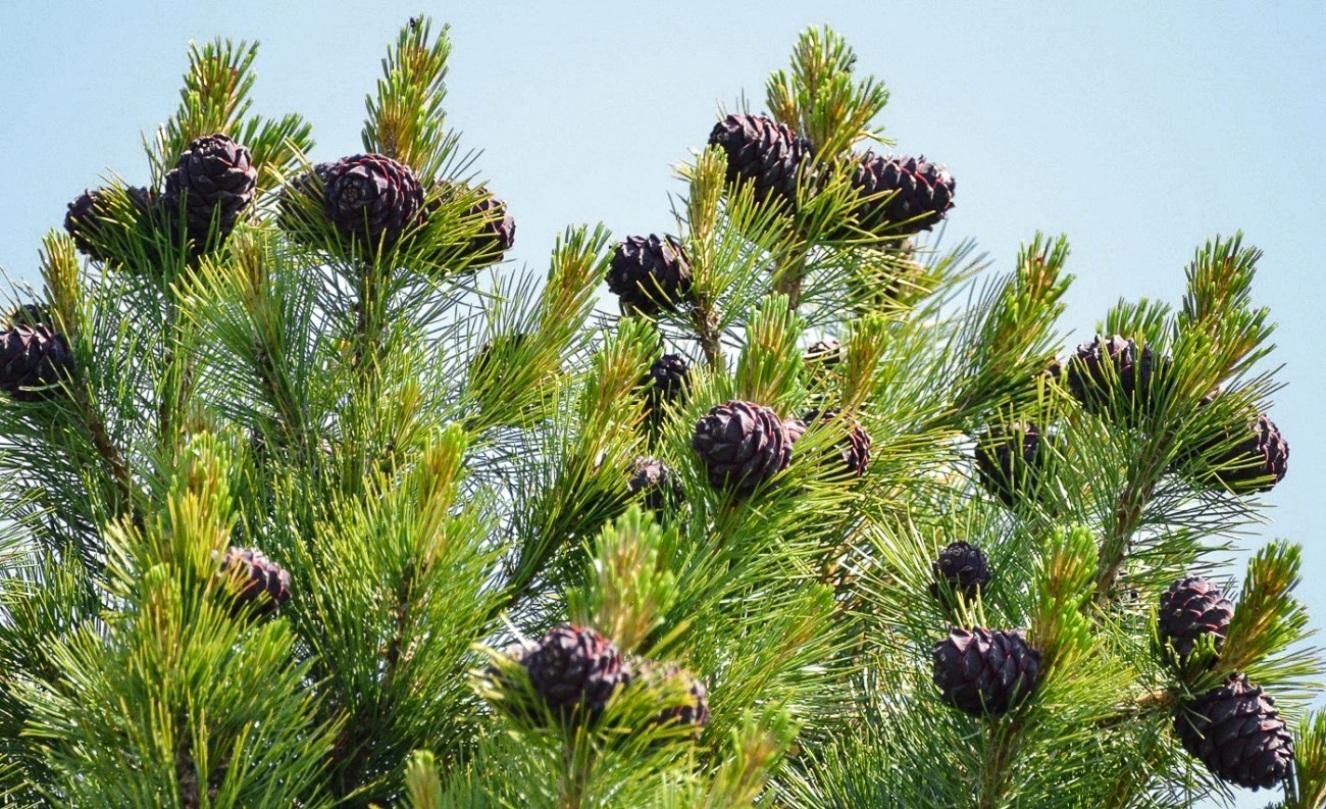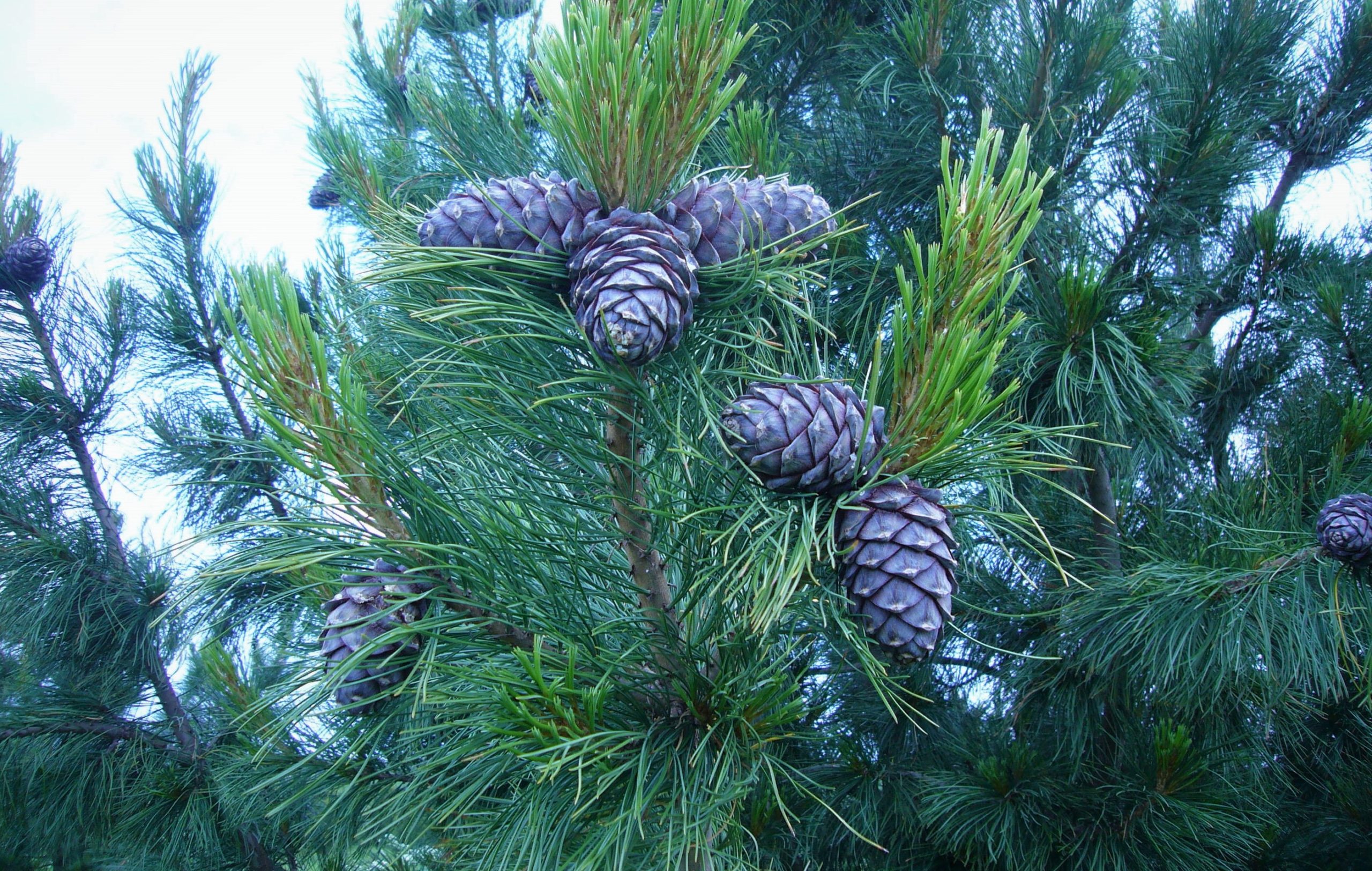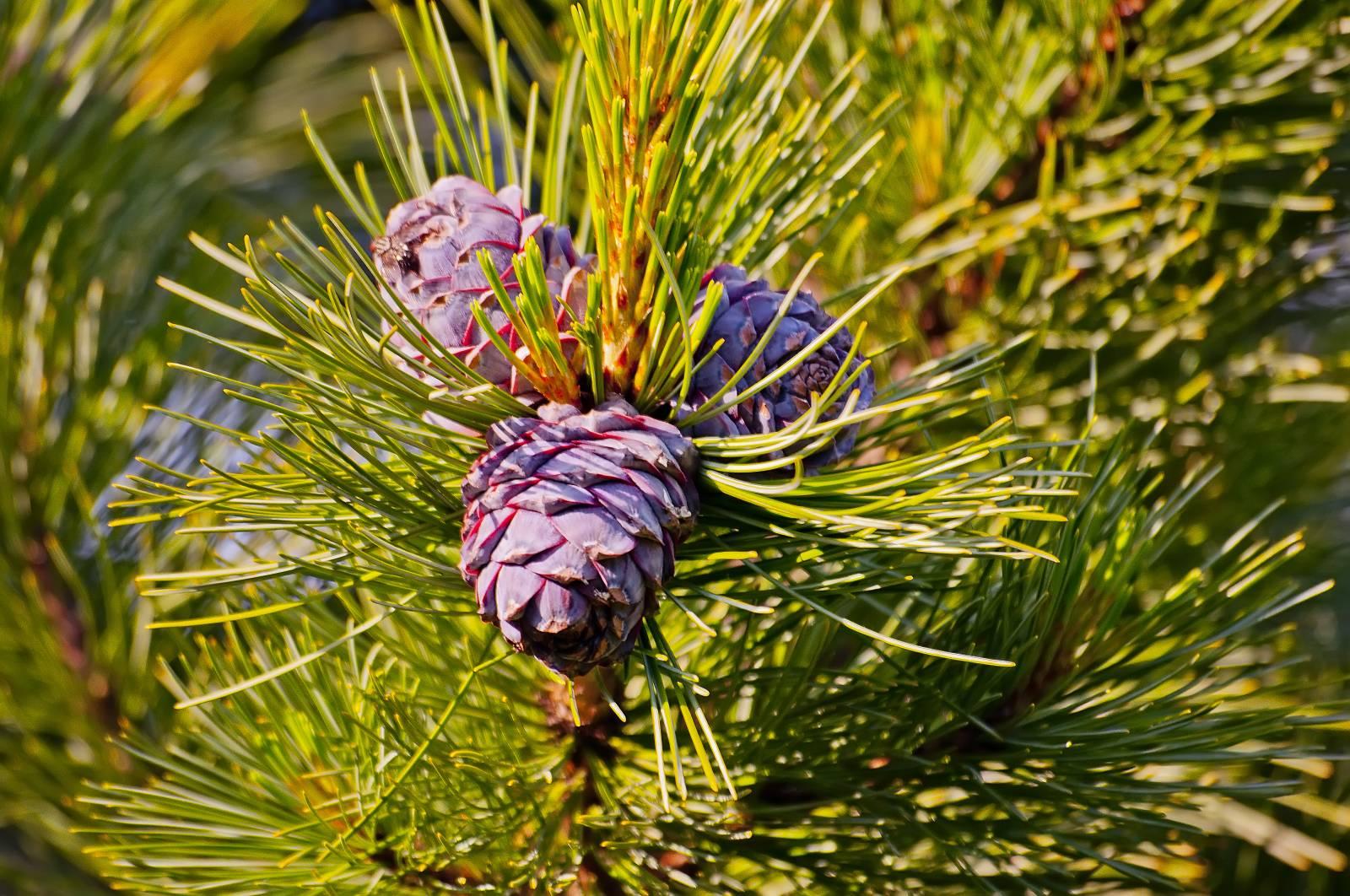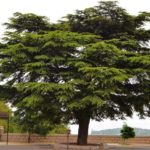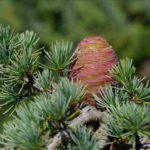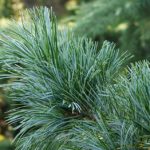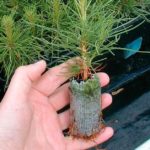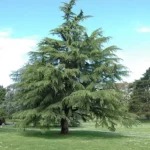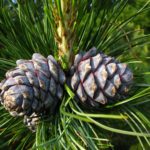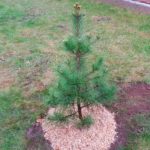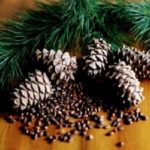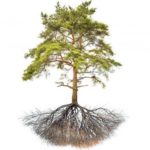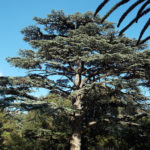Siberian cedar is an evergreen coniferous plant. If you follow the botanical description, it is largely considered a Siberian pine. The fact is that culture has no direct relation to cedars. This culture bears very valuable fruits that contain many useful components. Therefore, nuts and oil from them are often used in folk medicine.
Description of the plant
Biologists believe that Siberian cedar belongs to the genus Pine. An adult tree can reach a height of 44 meters. However, the average height is usually a maximum of 35 meters.Old trees have a trunk girth of up to 2 meters. Moreover, the lifespan of such crops can be more than 500 years.
Siberian cedar is characterized by dark green needles, which reach a length of 14 centimeters. The needles form bundles, each of which contains 5 needles. The plant has rather short roots. They consist of taproots that actively branch.
Such plants are found not only in Siberia. Cedars can be seen in Altai and the Urals, Mongolia, and the northern regions of China. Large artificial plantations of cedars are found in several regions of the Russian Federation - Vologda, Kostroma, Yaroslavl, Arkhangelsk. The culture blooms in mid-summer. It is necessary to collect cones in August and early September. Seeds can be stored for a maximum of 5-6 months. A longer storage period may lead to poisoning.
Siberian cedar is distinguished by a dense crown that resembles a sharp cone in shape. As the tree grows, it becomes wider. The smooth bark is initially gray in color, and later becomes gray-brown and covered with furrows. Young branches reach a thickness of 6-7 millimeters. They are light brown in color and covered with thick red hairs. The tree buds contain no resin. They are 0.6-1 centimeters in length.
Cedar needles can stay on branches for 2-3 years. Erect cones are ovoid or elongated in shape. Fruiting of cedars begins in the second year after flowering. After ripening, the cone reaches 0.06-0.13 meters. It is distinguished by tightly pressed scales with thickened scutes. A cone can contain from 30 to 150 seeds.
Cedar seeds are large in size and brown in color. They don't have wings.After seed formation is completed, they darken. At the same time, the cones decrease in size. Peak fruiting occurs in August. In good conditions, a large cedar produces 1000-1500 cones.
Under natural conditions, Siberian cedars form dark coniferous taiga. In the center of Altai, a tree can grow at an altitude of up to 2 kilometers. At the same time, in the southern regions it rises by 2.4 kilometers. To the west of the Urals, Siberian cedars are combined with spruces, larches and Siberian firs.
Useful properties of nuts
Cedar is one of the most valuable wood species. Its kernels contain many fats and vitamins. They can be used in the food industry and medicine. The valuable properties of nuts are associated with their rich composition. They include oil, nitrogen compounds, amino acids, iodine.
Cedar nuts also contain fructose, sucrose, starch, and fiber. They contain vitamins B, A, E. In addition, the product includes tannins, flavonoids, and catechins. The shell contains tannins, lingin, fats, resins, and cellulose. It also includes micro and macro elements.
Cedar kernels help improve memory. With their help, it is possible to increase resistance to diseases, strengthen the heart and blood vessels, and improve the functioning of the nervous system. Seed shells can be used as a mulching material.
Medicinal properties of oil
Pine nuts are used to make oil. It is a thick amber liquid that has a pronounced nutty aroma. This substance can be a complete analogue of olive oil. To ensure that the product has less contact with air, it is recommended to keep it in a glass container with a narrow neck. This must be done in a dark and cool place.
Natural antioxidants that are present in cedar oil help maintain the freshness of the product for a long time. Over time, sediment appears at the bottom of the container, but it does not pose a danger to people. This substance contains trace elements and phospholipids.
Cedar oil helps control cholesterol levels. It helps to get rid of excess weight. This effect can be achieved due to the presence of terpenes in the composition.
How to grow cedar
Siberian cedar can be grown in the garden. This plant needs a lot of potassium. At the same time, it is not recommended to add nitrogen to the soil, since it has a bad effect on the development of the root system. Young cedars should be weeded in time to remove weeds.
Cedars need to be propagated by seedlings. However, it is best to plant plants that are grown in containers. They have integral roots. At the same time, the seedlings adapt well and grow quickly. When transplanting, the roots must be straightened and carefully moved into the recess. It is important to ensure that they do not curl or bend. Sand should be added to heavy soil. At the same time, it is impossible to make bedding, since it can harbor parasites.
Siberian cedar requires soil mulching. This helps to achieve ventilation and saturate the soil with oxygen. Mulch helps protect the plant from freezing in winter and retains moisture. It must be added annually to increase the size of adventitious roots.
It is worth considering that Siberian cedar is considered a very moisture-loving crop. In hot weather, the plant needs to be watered regularly. In this case, it is important to focus on the drying out of the soil clod. In autumn, the cedar prepares for a period of dormancy. Therefore, you need to water it less often. In winter, there is virtually no need to moisten container crops.
Possible diseases and pests
An adult cedar has a strong immune system, which makes it immune to diseases and pests. At the same time, young trees can suffer from diseases and parasites. The pathology can be identified by yellowing needles, spots and ulcerative defects on the cedar trunk.
Siberian cedar may suffer from seryanka or resin cancer. This disease manifests itself in the form of yellowing of the crown and the formation of hammer ulcers on the trunk. As a result, growth processes stop, photosynthesis is disrupted, the tree weakens and is subject to attacks by pests. In advanced cases it can be difficult to cope with, so the crop has to be cut down.
To exclude such a situation, preventive examinations are required. They will help identify the disease at an early stage. It is possible to eliminate the first symptoms of pathology with the help of such products as Vectra, Bayleton, and Fitosporin.
Siberian cedar can also suffer from needle rust. This pathology is accompanied by the formation of small bubbles between the needles. Over time they swell and rupture. Fine red-colored pollen spills out from there. Rust weakens the strength of cedar and negatively affects its decorative properties. Such remedies as “Strobi”, “Topaz”, “Hom” will help eliminate the pathology.
Parasites who want to feast on cedar juices are attracted by the smell of its needles. The most dangerous pests include pine aphids, hermes, and scale insects.Bark beetles, silkworms, and moths also pose a threat. Some of the parasites can lead to the destruction of seedlings in just a matter of weeks. This is why it is so important to avoid the spread of parasites on the tree.
To prevent infection, it is necessary to constantly inspect young cedar needles for the presence of eggs and other unusual changes. When parasites and their larvae are identified, insecticidal preparations must be used immediately. The most effective products from this category include Fufanon, Fitoverm, Iskra. Actellik and Aktara are considered no less effective drugs.
To prevent pest infestation of trees, it is important to keep the area around the tree clean. In this case, it is necessary to promptly get rid of dry grass and fallen leaves. Before the arrival of winter, it is recommended to dig up the cedar trunk circle, since pest larvae often overwinter in the roots, which can infect the crop next year.
Use in folk medicine
In folk medicine, cedar resin is often used. It is the resin of Siberian cedar. This remedy contains many phytoncides, which allows it to be used for wound healing. During the war years, this substance even stopped the development of gangrene. The resin consists of 70% rosin. It also includes 30% turpentine. In addition, turpentine balm is made from the substance.
Resin is used to treat the following pathologies:
- wounds and other dermatological injuries;
- diseases of the oral cavity;
- pathologies of the respiratory system;
- certain types of cancer;
- diseases of the musculoskeletal system;
- heart failure;
- pathologies of the nervous and endocrine systems;
- diseases of the digestive system.
Treatment methods depend on the type of problem:
- Wounds - in this case, it is recommended to apply resin to the problem area. You can also pour resin into skin lesions.
- Fractures – rubbing the affected area helps speed up the healing of bone tissue.
- Ulcerative defects, burns and boils - in this case, softened resin should be combined with neutral oil or Vaseline. Soak a tampon in the resulting product and apply it to the problem area.
- Herpes - at the initial stage of infection, oleoresin should be mixed in equal parts with any vegetable oil. Soak a tampon in the resulting product and apply it to the problem area for 20 minutes. The procedure should be performed every 4 hours.
- Toothache – just apply a piece of resin to the painful tooth.
- Erectile dysfunction - in this case you need to take 1 small spoon of resin and mix with 500 milliliters of vodka. Leave the composition for 5 days in a dark and cool place. It needs to be shaken every day. It is recommended to take 3 large spoons of the finished product with meals. This needs to be done twice a day.
In addition to resin, pine needles, oil, and nut shells can be used in folk medicine. Needles help fight scurvy. At the same time, tincture of nut shells effectively eliminates deafness, kidney and liver failure, nervous disorders, and hemorrhoids. The decoction helps to cope with excess hair.
Siberian cedar oil contains many polyunsaturated fatty acids. It is recommended to consume 20 milliliters every day. The product helps to get rid of excess weight, normalizes blood pressure and restores blood lipids.
Chopped nuts help reduce the secretion of gastric juice and reduce its acidity parameters. To meet your daily requirement for vitamin E, it is recommended to eat 100 grams of nuts. They also have a preventive effect in case of heart failure.
The pine aroma has a beneficial effect on the functioning of the respiratory system. People have used this unique feature of the plant since ancient times.
Siberian cedar is an evergreen coniferous plant that can be grown on your own site. This culture has many beneficial properties. Therefore, it is often used in folk medicine to combat a variety of pathologies.

